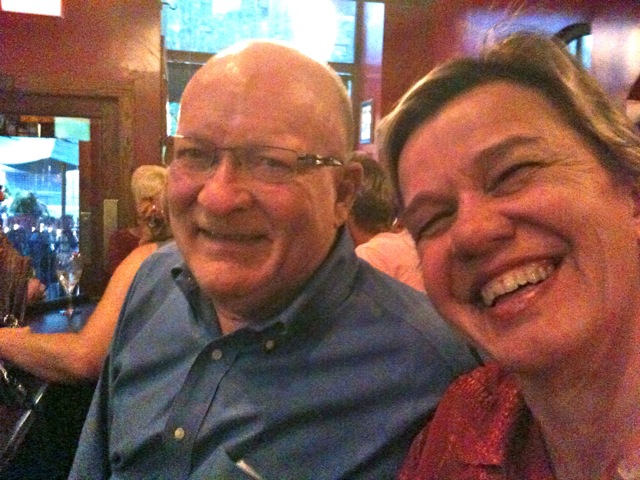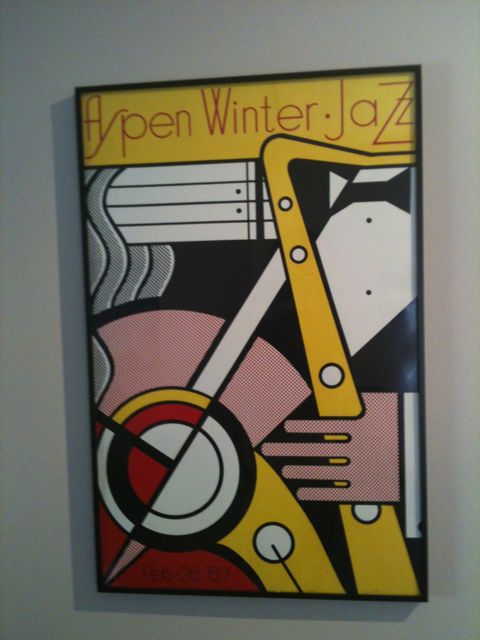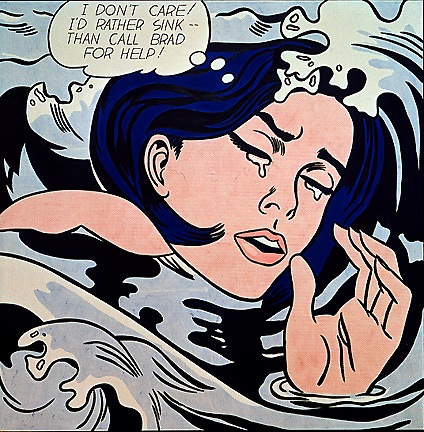Relay for Life
August 2, 2012 • 9 Comments • Posted in Blogroll, memoir writing, Mike Knezovich, UncategorizedMary Finnegan is a cancer survivor who attended my memoir-writing class for senior citizens in downtown Chicago a few years back. When she read the guest post my husband Mike Knezovich wrote here after his sister died, Mary offered to light a luminaria for Kris in the Oak Lawn Relay for Life of the American Cancer Society. Mike and I were both very moved by this memorial to Kris, and I appreciate Mary’s willingness to write a guest post describing the experience.
Life renewed, and hope for the future
by Mary Finnegan
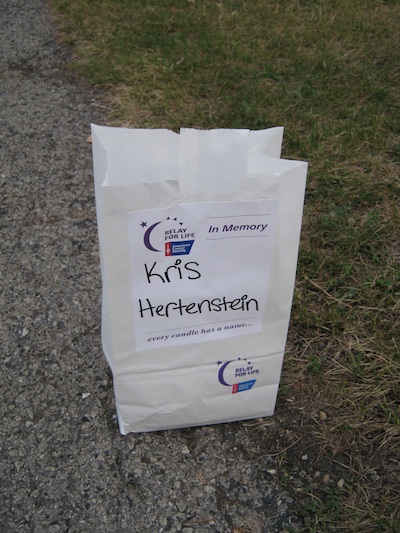 Kris’ luminaria, like all the luminarias, was randomly placed along the track at Oak Lawn Pavilion Park for the Oak Park Relay for Life of the American Cancer Society. There really aren’t a lot of trees along the track, but there was a beautiful evergreen tree just yards behind her candle. I thought that was a nice placement for her luminaria.
Kris’ luminaria, like all the luminarias, was randomly placed along the track at Oak Lawn Pavilion Park for the Oak Park Relay for Life of the American Cancer Society. There really aren’t a lot of trees along the track, but there was a beautiful evergreen tree just yards behind her candle. I thought that was a nice placement for her luminaria.
This is the seventh year that my husband and I have participated in the Oak Lawn Relay for Life. There are three reasons to relay:
- To celebrate survivors,
- To remember those, like Kris, whose lives have been cut short due to cancer,
- To raise funds for research.
RFL, as the event has become known, was organized as a kind of living metaphor for the journey undertaken by a cancer patient. It begins as the sun sets, a metaphor for a cancer diagnosis. It continues throughout the darkness of night, the metaphor for surgery, chemotherapy, radiation and other treatments endured by the cancer patient. It ends at sunrise, the symbol of life renewed and hope for the future as a survivor. Theoretically, at least one member of each registered relay team is supposed to be on the track at all times during the event to symbolize that cancer never sleeps.
This may all sound very somber, but in reality, the RFL is fun. It’s more like a street fair than a wake. Relay teams set up campsites, and many of these teams host mini-fundraisers to supplement their registration donations. Beanbag games, softball, volleyball, and Frisbee contests are held, and you can dance to the music of a DJ throughout the event. The solemn part of the evening happens about 9 p.m., when names of cancer survivors as well as names of those lost to cancer are either read aloud or displayed on a screen while soft music plays in the background. After all the names are displayed, nearly 200 relayers walked silently around the track to a bagpiper’s rendition of “Amazing Grace.” It was so touching to see all the candles flickering in the luminarias around the track, and it was hard not to cry. I have personally lost so many friends to cancer, and I remember all of them every year as I complete this journey around the track.
After the silent walk, nighttime dancing and other activities continue. Teens love it. People my age find it hard to stay awake. Because of the torrid weather, which was mercifully overcast that night, I almost had to drag myself to the event. But when I got there, I was glad I came. As a survivor, I was treated to dinner in the air-conditioned Pavilion gym. My husband, as my caregiver, also was recognized during the survivors’/caregivers lap around the track.
I was glad to see that many of the friends I made throughout the past seven years returned as I did to celebrate, remember, and fight back through raising funds for research. I was also glad that I could help to remember Kris and witness her candle burning in the warm summer night.
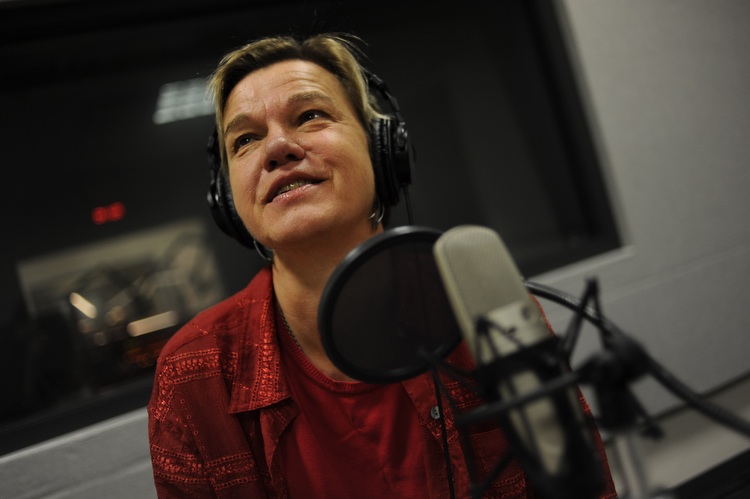
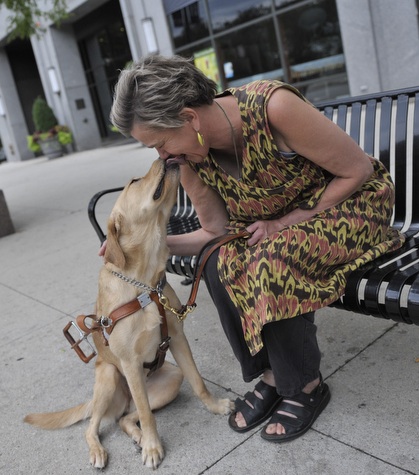
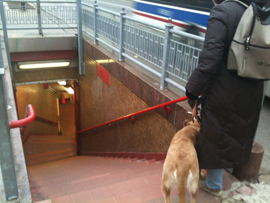 This week I wrote a
This week I wrote a 